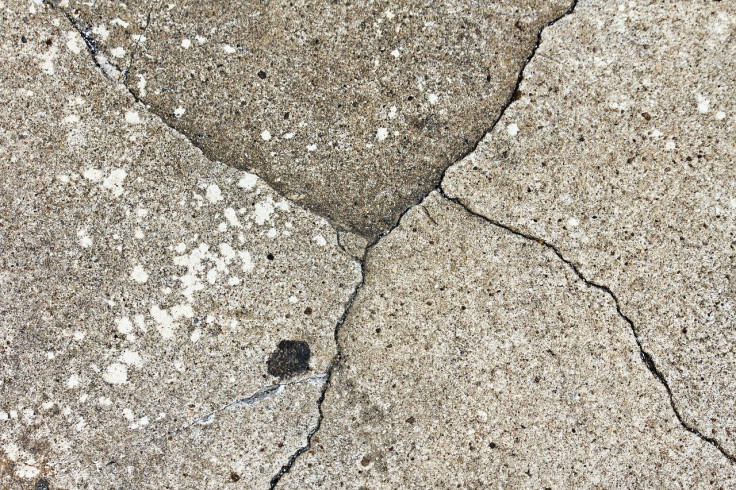Scientists Spot 'Invisible' Fault In Chinese City Using Photos From 1960's, 1970's
KEY POINTS
- Researchers found a hidden fault beneath Datong City in Shanxi Province
- They found several "previously unknown" earthquakes along the fault
- Further analysis shows the area along the fault may be due for another earthquake
A team of scientists discovered an "invisible" fault line underneath a Chinese city, thanks to photos of the area taken from the 1960s and 1970s. The method could be used to find other such potentially active faults under cities.
Earlier mapping showed that the Shuiyu fault line crosses Datong City in Shanxi Province, Northern China, the Seismological Society of America (SSA) said in a news release. However, the city had become highly urbanized in the last 20 years, and the previously sparse area where the fault line is located is now covered with buildings and roads. This makes it difficult to determine the fault's activity precisely, the researchers wrote in the abstract of their work, presented at the SSA's Annual Meeting this week.
Studies have also suggested that the fault has been dormant for the last 20,000 years, the SSA noted.
To find this potentially active hidden fault, the researchers looked at aerial photos of the city from the 1960s and 1970s. Using a method called "stereophotogrammetry," they created a digital model of the city before it became highly urbanized.
On Twitter, SSA has shared comparison images of the area in question. The image on the left shows a satellite image captured by Landsat in October 2018, when Datong City is already covered with buildings. The image on the right, meanwhile, is an aerial photo of the city from the 1960s, before urbanization.
Today at #SSA2021: Aerial Photos Uncover an Invisible Fault in Chinese City https://t.co/HDriZIM0Ba pic.twitter.com/Xm3V9GAxG3
— SSA (@SeismoSocietyAm) April 21, 2021
Is An Earthquake Imminent?
The researchers' work revealed at least five "previously unknown" earthquakes that happened along the fault. They happened from 9,930 to 23,550 years ago, suggesting that areas along the fault may be due for another earthquake in the future.
"Given the elapsed time of about 10,000 years, the Shuiyu fault beneath the Yudong District will increase the risk of a large earthquake in the future," researcher Junjie Ren of the Ministry of Emergency Management of China said in the SSA news release.
The researchers noted that while there are other popular means to look for such fault lines in urban locations, they are "costly and time-consuming." What’s more, they include "big uncertainties." As such, they recommend using the technique they used to look for other hidden but possibly active fault lines. The old aerial photos may provide "unique clues," they noted in the abstract.
"A large earthquake in a city always causes a huge loss in the economy and big casualties," the researchers wrote. "This type of large earthquake is related to Holocene faults generally with displaced landforms. Therefore, finding active faults under a city will be essential for disaster prevention and mitigation."
In the U.S., for instance, people can determine how close a specific location is to a fault using several online tools, the U.S. Geological Service said. Potentially finding other faults that are still hidden may add information to such all-important data.

© Copyright IBTimes 2025. All rights reserved.






















